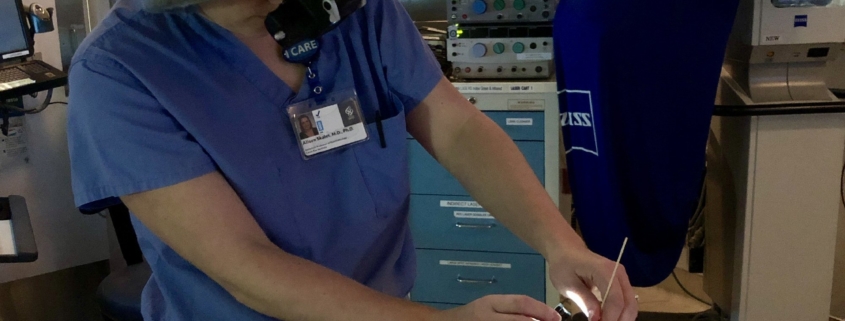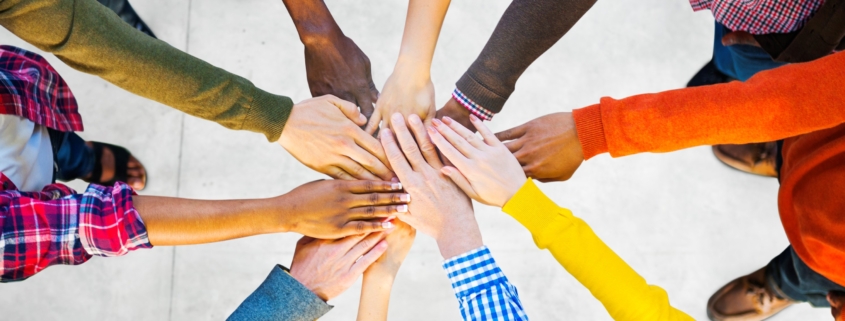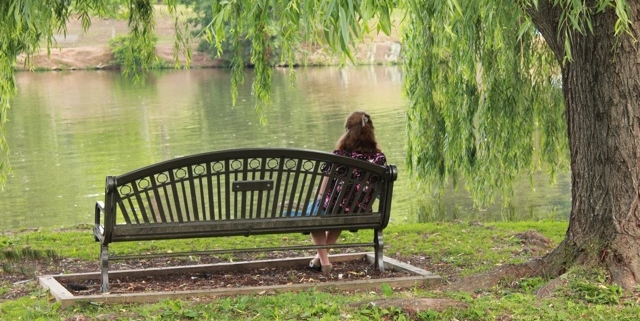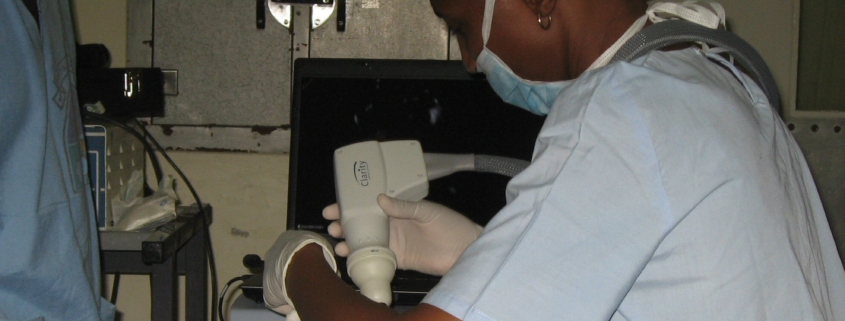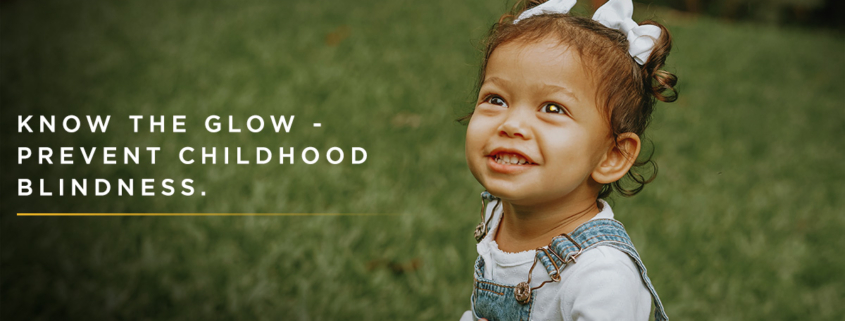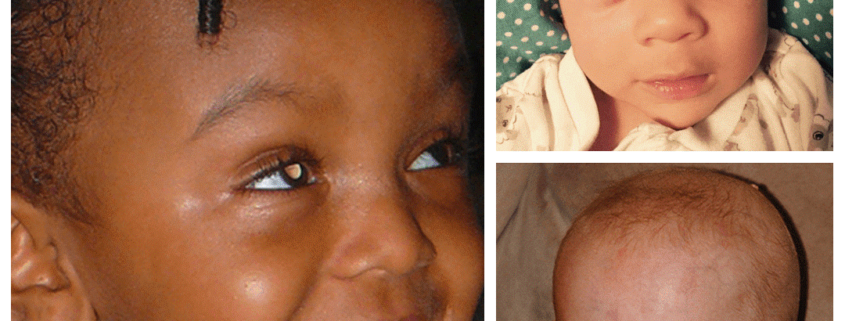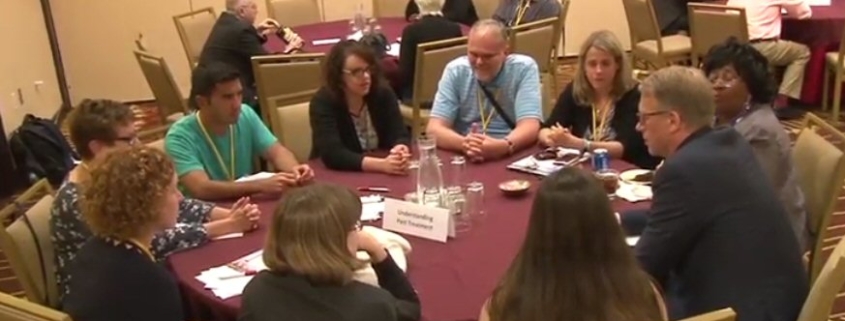Familial Retinoblastoma Screening: When Eye Cancer Runs in the Family
Familial retinoblastoma affects more than one member of the same family. Diagnosing children early provides the best opportunities for life and sight-saving care. Alison Skalet, ocular oncologist and director of the Rb service at Casey Eye Institute, Oregon Health & Science University, explores opportunities for early diagnosis when a parent, sibling or other relative has already been diagnosed.

